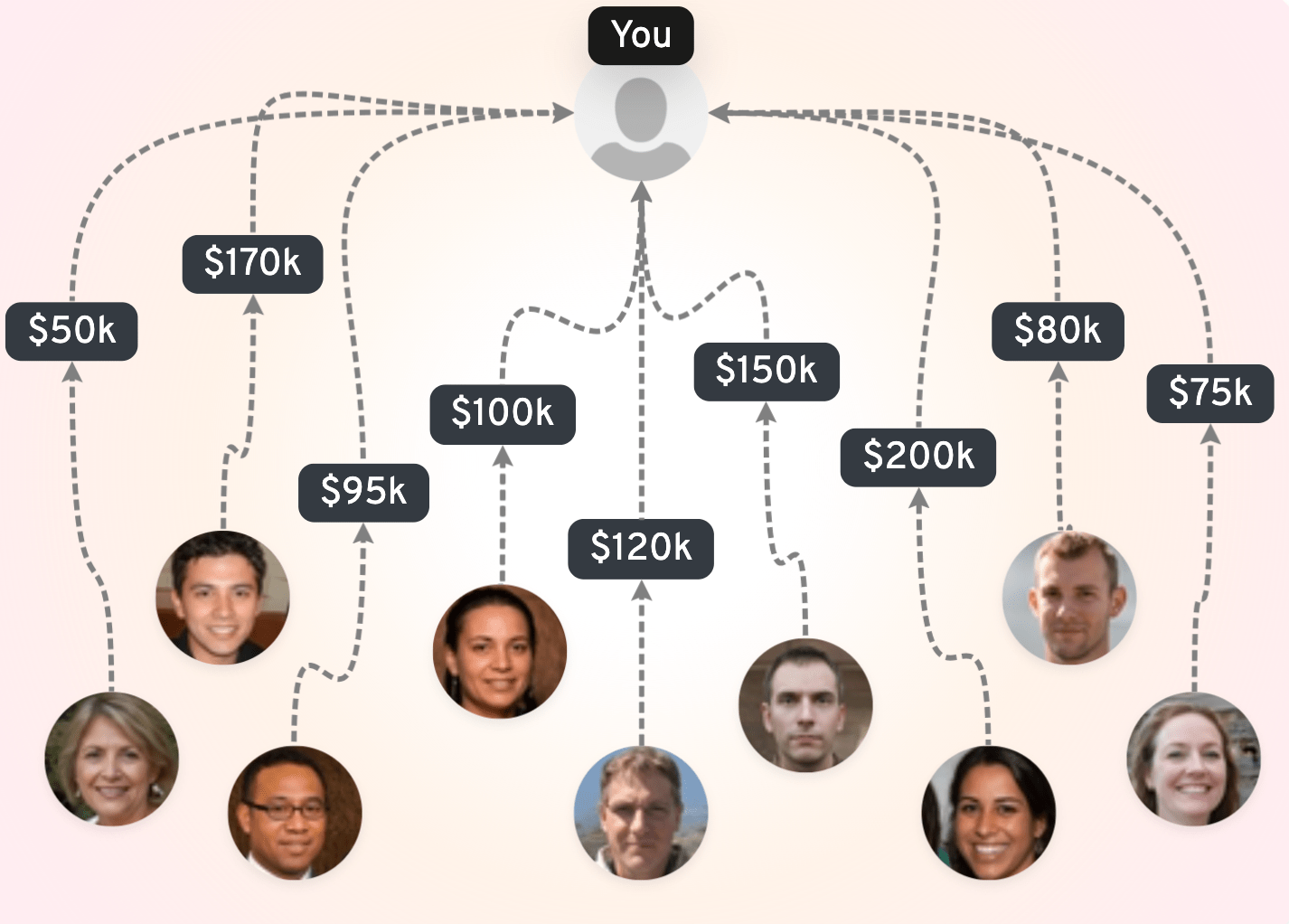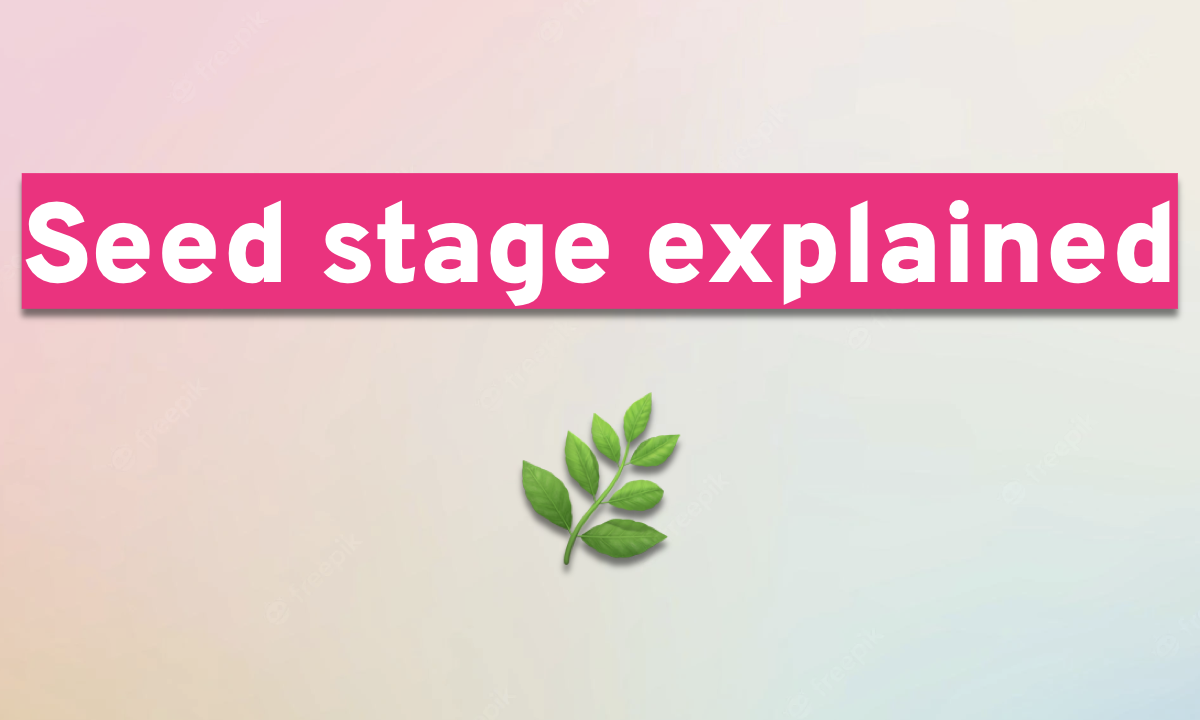A crucial part of tech investing, sometimes not given enough attention, is the role of patents.
Think of patents as a dual-purpose tool. On one hand, they act as legal shields, protecting a startup’s unique ideas and products. On the other hand, they clearly show how innovative and strong a startup could be in the market. For investors, patents are like an x-ray view into a startup’s technical features and creative ideas, showing how well it might grow and lead in the market in the future.
This post will cover the basics of patent analysis for founders and investors, and discuss how AI is transforming patent analysis for venture capital.
Table of Contents
Anatomy of Patents
Before we dive deeper into the topic of patents, let's first break down what a utility patent is all about. Understanding the basic parts and purpose of a utility patent will make everything else clearer as we go along.
Jurisdiction (1)
Every patent is tied to legal authority or jurisdiction, which defines its geographical validity.
Patent ID and Title (2, 3)
The patent identifier and title help categorize, disambiguate, and retrieve relevant patent documents.
Assignee(s) (4)
Knowing who owns a patent can give you insights into who your potential competitors or partners might be. It helps you understand the environment your startup is entering. It's important to remember that ownership of patents can change—they can be sold, or ownership can shift if companies merge or get bought. Also, a patent can belong to multiple owners, such as individuals, companies, universities, or even large corporations.
Abstract and Figures (5, 6)
The abstract of a patent can offer a quick glimpse of what the invention is about, but it’s not always reliable—it might even lead you astray. The pictures and drawings in the patent, on the other hand, offer helpful visual hints about the invention, which are especially useful for the people reviewing the patent applications. Interestingly, none of this stuff—the abstract, figures, or drawings—holds any legal weight. They're mainly there to help people understand what the invention is all about.
Invention Background and Summary (7, 8)
Here, the invention is explained within its broader context. This explanation mainly helps people understand the idea better rather than serving any legal purpose. Essentially, this part of the information doesn’t carry any legal weight—it's just there to make things clearer for patent examiners.
Invention Detailed Description (9)
This part of the patent is where the legal details really start to matter, and everything about the invention is thoroughly explained and shown. Lawyers try to include many examples of the invention (aka “possible embodiments”) to ensure there's no confusion about how it works and what problem it solves. If the patent is well-written, it will cover all potential uses, main examples, intended purposes, and even unusual scenarios. This section can be quite long, ranging from a few pages to hundreds — yeah, ask Apple! 😅
Claims (10)
Here we go; this is the crucial part. The claims section of a patent outlines exactly what the invention covers legally. By examining all the claims, you can figure out how a company plans to solve a particular problem and whether stepping on someone else's patent rights might be risky.
Patents and Freedom To Operate (FTO) analysis
Now that we have some common ground on understanding patents, let's dive deeper.
Patents are legal protections granted to inventors and companies for their unique inventions. This protection allows them to exclude others from making, using, selling, or distributing the patented invention without permission for a certain period that varies jurisdiction by jurisdiction – typically 20 years from the filing date. This system encourages inventors to keep innovating by giving them a chance to make back their initial investment and possibly profit from their ideas in exchange for publicly sharing them.
An important aspect of the patent world is the so-called “Freedom to Operate” (FTO) analysis. This is especially key for businesses that are about to launch new products or technologies. An FTO analysis checks if a new product might violate someone else’s intellectual property rights. It's a critical step because it helps prevent legal battles and infringement problems once the product hits the market.
An FTO analysis typically includes several key components, such as:
- identifying relevant issued patents and published patent applications,
- analyzing their claims to determine if the specific claims cover aspects of the new product or technology,
- checking the legal status to see if they are active/enforceable, and
- providing an assessment of the potential risks and possible mitigation strategies.
These latter ones can include redesigning the product, obtaining licenses from the patent holders, or – risky and typically costly – challenging the identified patents' validity.
An FTO analysis should not be seen as a “one-time task” but as “a continuous process,” especially in industries with rapid technological advancements and frequent new patent filings. Larger companies and corporations often conduct periodic FTO analyses to ensure ongoing compliance as their products and their contextual patent landscapes evolve.
Why don't we do this for startups too?
Patents inform startup fundability and viability for founders and investors
For startups just getting off the ground and their founders, getting a grip on how patents work is more important than ever—it can clear or block their way to entering the market. Knowing about patents not only helps a startup avoid legal issues but also makes it more appealing to people who might want to invest. Even just having a basic plan for what might need patent protection can greatly boost how fundable a startup is, making it a tempting option for acquisition because of its intellectual property.
For investors, the main goal is to cut down on risks. They are especially attracted to startups that have patented their innovations, as this means their investment is safe from competitors and legal problems. Investing in companies with strong patent defenses, or in startups that understand the patent landscape well, helps investors protect their money, build trust, and back companies that have a distinct market advantage. This cautious approach not only makes their investment safer but also sets these startups up for long-term growth and success.
Now, before we even get to talk about patent portfolios and more complicated things, there are novel ways of actually using existing patents today, and use them as a global benchmark to assess the potential, originality, and FTO viability of early-stage ideas.
Patent analysis today remains a painful experience
Imagine this: there are nearly 200 million patent documents all over the world. More than just legal papers, patents are essentially "solutions to technical problems." They are written in such a way that an expert in the relevant technical field can understand and recreate the solution just from reading the patent. It's similar to how a chef can cook a meal by following a detailed recipe.
More, consider this: It took the United States 75 years to issue its first million patents. Then, from 1976 to 1991, it took only 14 years to issue another million. Recently, in the period 2018-2021, it took just 35 months to go from the 10 millionth to the 11 millionth patent. Yes, this is set to be an exponential trend.
This explosion of patents makes the business world look like a crowded space, where every step could either cause a problem (like infringing on someone else’s patent) or create a new opportunity (like finding a clear path to operate freely or discovering an unexploited area). In such a crowded environment, having a clear path is extremely valuable to avoid legal issues.
Traditional ways of conducting FTOs to check if a new product will infringe on existing patents are expensive and take a lot of time. They require specialized legal knowledge. The high costs are not just due to paying for expert advice but also because the methods used are outdated, surely tool-aided but mostly manual, slow, and almost inaccessible to non-experts.
Even for relatively simple cases, conducting an FTO analysis can be time-consuming and costly. Usually, a straightforward FTO check can take a whole week and might cost as much as $15,000. The process is mostly manual and based on personal judgment, leading to what's known as an “FTO opinion.” The complexity of the project, the technical know-how needed, and any specialized expertise required can significantly increase both the time and cost involved.
This task gets even more complicated on a global scale. There's a fast-growing number of patents coming from different parts of the world, each with its own legal, frequency, style, and language differences. Navigating this field can be so difficult and expensive that some might choose to ignore FTO altogether! 😅 That's a hidden pitfall that most of us weren't even aware of, and it's part of the reason why investors often hesitate to discuss FTOs, patents, IP, and similar topics… it’s been scratched from their playbook as “not an option” for so long that the entire ecosystem stopped even considering it.
Machine Learning transforms patent analysis - the case of Evalify
As you can imagine, the recent advancements in AI have powerful applications in patent analysis - which is at its core "dealing with a lot of data”. Large language models (LLMs) make handling all this patent information much easier.
However, AI alone isn’t enough. The technology needs to be assembled inot a product with specific domain knowledge, expertise, and a proven, heavily field-tested methodology. Several companies are now building products that leverage AI to address different business cases around patent analysis.
Let me illustrate that with our own company, Evalify, that does patent analysis for venture capital.
Solutions like Evalify use AI to analyze ideas quickly—from just a pitch deck or a product brief description—against nearly 200 million patent documents from over 170 countries and jurisdictions. Evalify provides preliminary FTO assessments in less than 15 minutes, which, starting from the same data, are 90%+ as accurate and comparable as those you’d get from a patent/IP professional. This quick, automated, and self-service FTO insight analysis into whether a product might infringe on existing patents is extremely valuable. Product development teams can think, rethink, and improve their ideas. It also gives investors a crucial additional and invaluable data point to help them de-risk and make better decisions when considering backing new projects right from the start.
This is a typical case of Man vs Machine.
When you compare AI-powered IP analysis with traditional IP professionals in conducting FTOs from just a product brief or a pitch deck, the advantages are undeniable. It provides valuable information quickly, cheaply, and in a way that’s easy to compare across different cases. This makes it a powerful tool for both founders and investors - 70+ venture capital firms are already using Evalify. This approach allows them to get important information faster and at a fraction of the cost.
Demo of an AI-powered FTO analysis from a pitch deck
Towards a fair access to information and capital
The 2024 report from Data-Driven VC (DDVC) highlights major issues in the venture capital investment process, especially in the "screening" and "due diligence" phases. These stages are still heavily influenced by personal judgments, leading to biases, inconsistencies, excessive manual work, and decisions based on incomplete information. To put it bluntly, the process is fundamentally flawed.
Given these issues, incorporating AI-powered IP tools like Evalify into the process marks a transformative change. It could rewire how venture capitalists and founders interact with the world of innovation. By making it easier to access intellectual property, especially patent information, and by comparing new ideas against existing global patents, we ensure a fair, merit-based evaluation process. This universal access ensures that founders from varied backgrounds and geographies can compete on an equal footing, basing their strategies on the merit of their ideas rather than on their access to resources or networks.
This not only improves the venture capital process but also enriches the entire innovation landscape, making it more dynamic and diverse from the start. In a time when we're facing huge challenges—like feeding almost 10 billion people and shifting from fossil fuels to sustainable energy—using such tools represents a step toward a smarter, fairer, and more successful future in entrepreneurship.
Find your ideal investors now 🚀
Browse 5,000+ investors, share your pitch deck, and manage replies - all for free.
Get Started
About The Author
Nick Sgobba
Nick Sgobba is the Co-founder and Chief Product Officer at Evalify. He is a former IBM Senior Inventor with AI and patent expertise. Nick's background includes thousands of hours developing innovative digital products and unique technical solutions across Europe, the Middle East, and North America. He's also been an EU consultant and a visiting lecturer in AI master's programs.
Evalify, a Nobody Studios portfolio company
Evalify stands at the forefront of technological innovation and is dedicated to enriching the tech venture ecosystem through equitable growth and sustainable advancement. Born from the vision of William Carbone and Nick Sgobba, Evalify represents the synergy of advanced AI and comprehensive patent analytics. Their mission is to ignite progress by offering swift, precise, and accessible insights that illuminate the path for investors and entrepreneurs and drive the entire startup ecosystem toward a future where every novel idea gets a chance to thrive and access capital.
Nobody Studios
Nobody Studios is a venture studio launching companies with unprecedented speed and efficiency. It is a collective of seasoned entrepreneurs, creatives, and technologists who believe in making a difference by doing things differently. At the heart of its ethos is a commitment to open innovation and rapid execution, with a community-focused approach that encourages co-creation and shared success.










